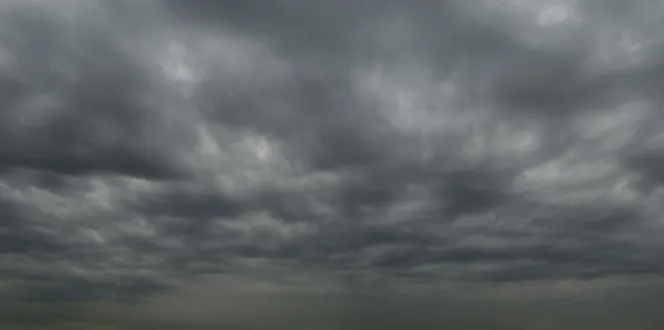Brisk fall air has left behind a frigid stillness, warning us snow storms and freezing temperatures won't be far behind.
Intense storms, ice and winter weather can take their toll on trees in your region. Downed trees, broken limbs and power outages can wreak havoc on your home, but you can stop the problems before they begin. Preventative measures will save you time, money and damage in the long haul.
Your local professionally trained arborists at The Davey Tree Expert Company share eight ways to identify potential tree damage before the storm season begins.
8 Tree Care Tips To Identifying Tree Failure
There are several types of defects that can increase the risk of tree failure. These defects include:
- Dead wood: Dead trees and large, dead branches can fall at any time.
- Cracks: Deep splits through the bark extend into the wood of the tree.
- Decay: In advanced stages, soft wood or cavities where wood is missing can create hazardous conditions.
- Weak branch unions: These unions occur when two or more branches grow too closely together, with bark growing between them. This bark does not hold the branches together.
- Heavy canopies: Excessively thick branches and foliage catch more wind during stormy weather. This increases the risk of branch breakage and uprooting.
- Cankers: Caused by fungi, cankers occur on the stems or branches of trees (bark is sunken or missing). Stems or branches are prone to breaking off near cankers.
- Root problems: Without a strong root system, trees are more likely to be uprooted or blown over in stormy weather. Look out for nearby construction that may sever large roots or compact the soil too much to allow for healthy root growth.
- Poor tree architecture: This is characterized by excessive leaning of the tree, or branches growing out of proportion with the rest of the tree crown. Odd growth patterns may indicate general weakness or structural imbalance.
Tree Care Solutions To Potential Tree Failure
Not all tree risks are visible or obvious. But professionally trained arborists understand why identifying tree failure potential before a storm benefits the health of your trees. After all, strong branches = a stronger tree.
Although defective trees are dangerous, not all of them need to be removed immediately. In fact, some defects can be treated to prolong the life of the tree. Arborists will evaluate tree species, soil conditions, wind exposure, defects, overall health and other factors to determine a tree's hazard potential.
Proper pruning thins the tree canopy, allowing wind to blow through it instead of against it as though it were a sail. Pruning also removes potentially hazardous dead or weak branches. Advanced analysis, sometimes through the use of specialized arborists' tools or techniques, may be necessary as well.
Have you identified tree failure in your backyard? Contact your local Davey professionally trained arborist to learn more about proper tree care and how it can affect the safety of your trees.





